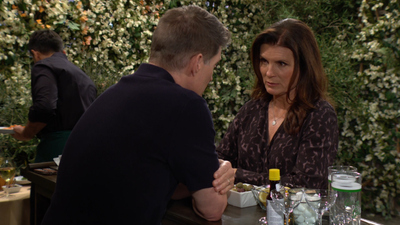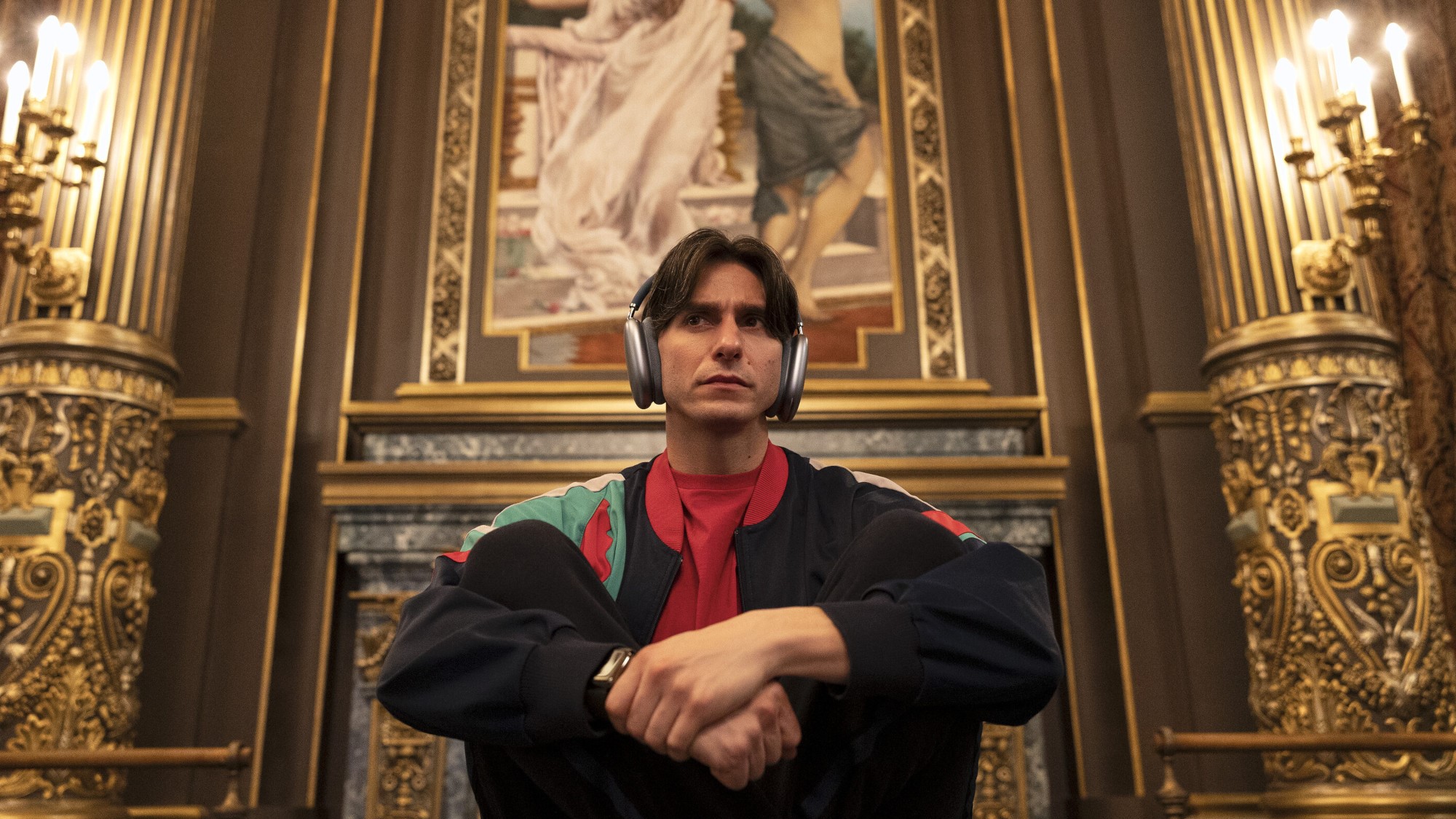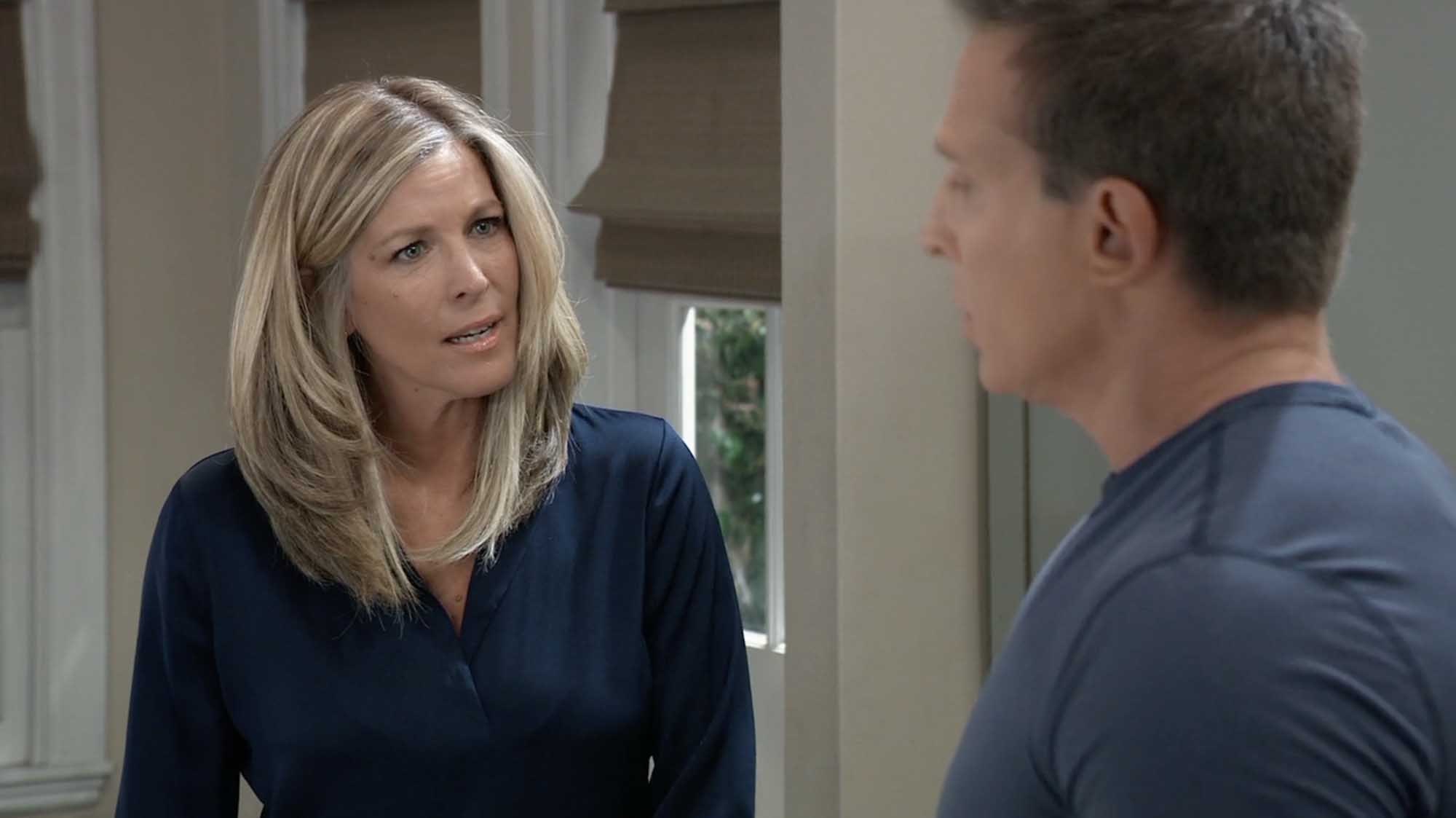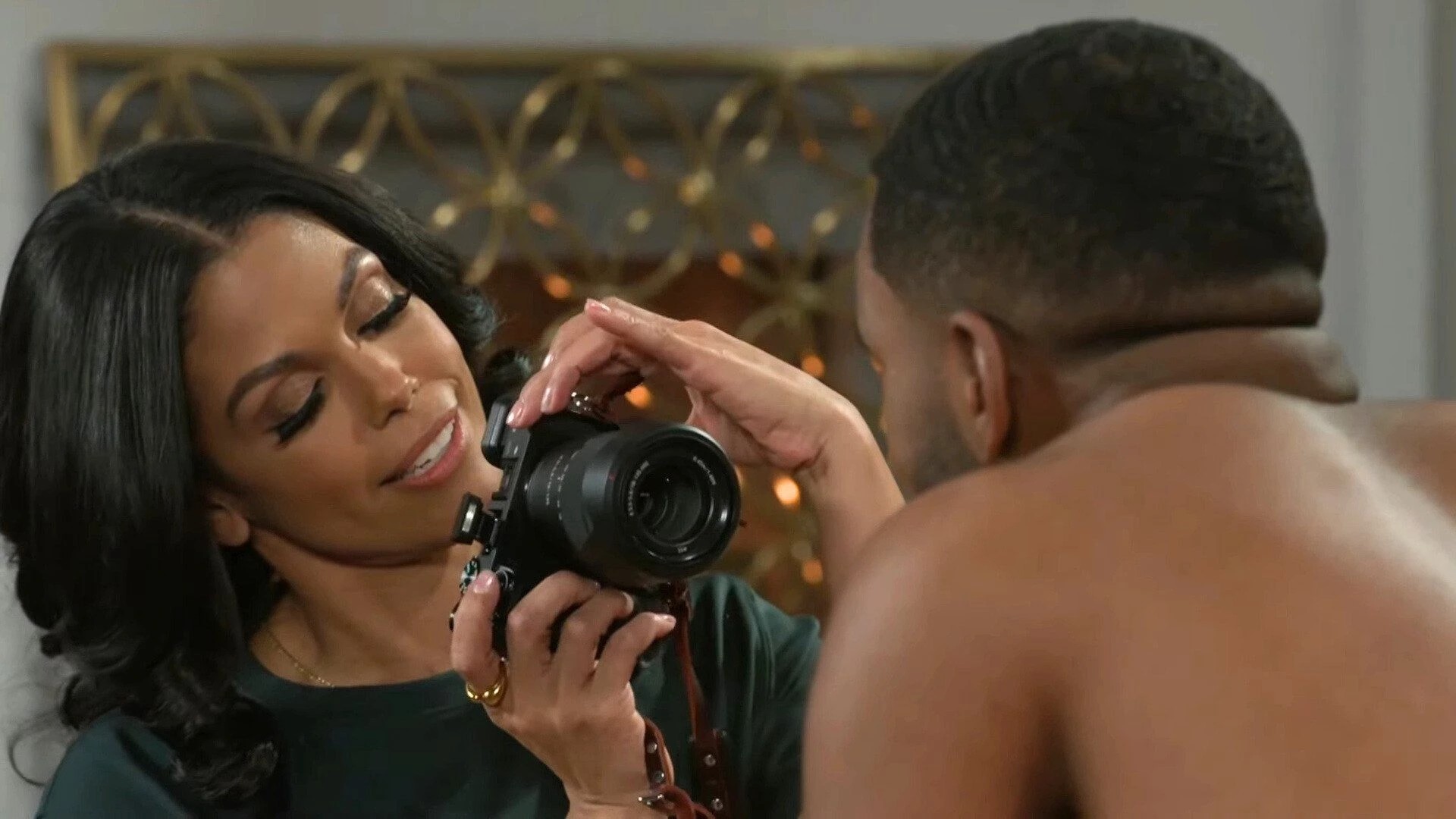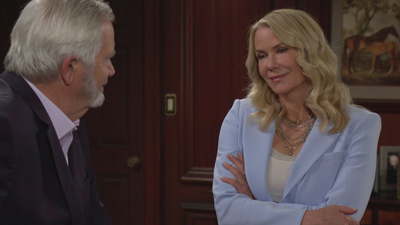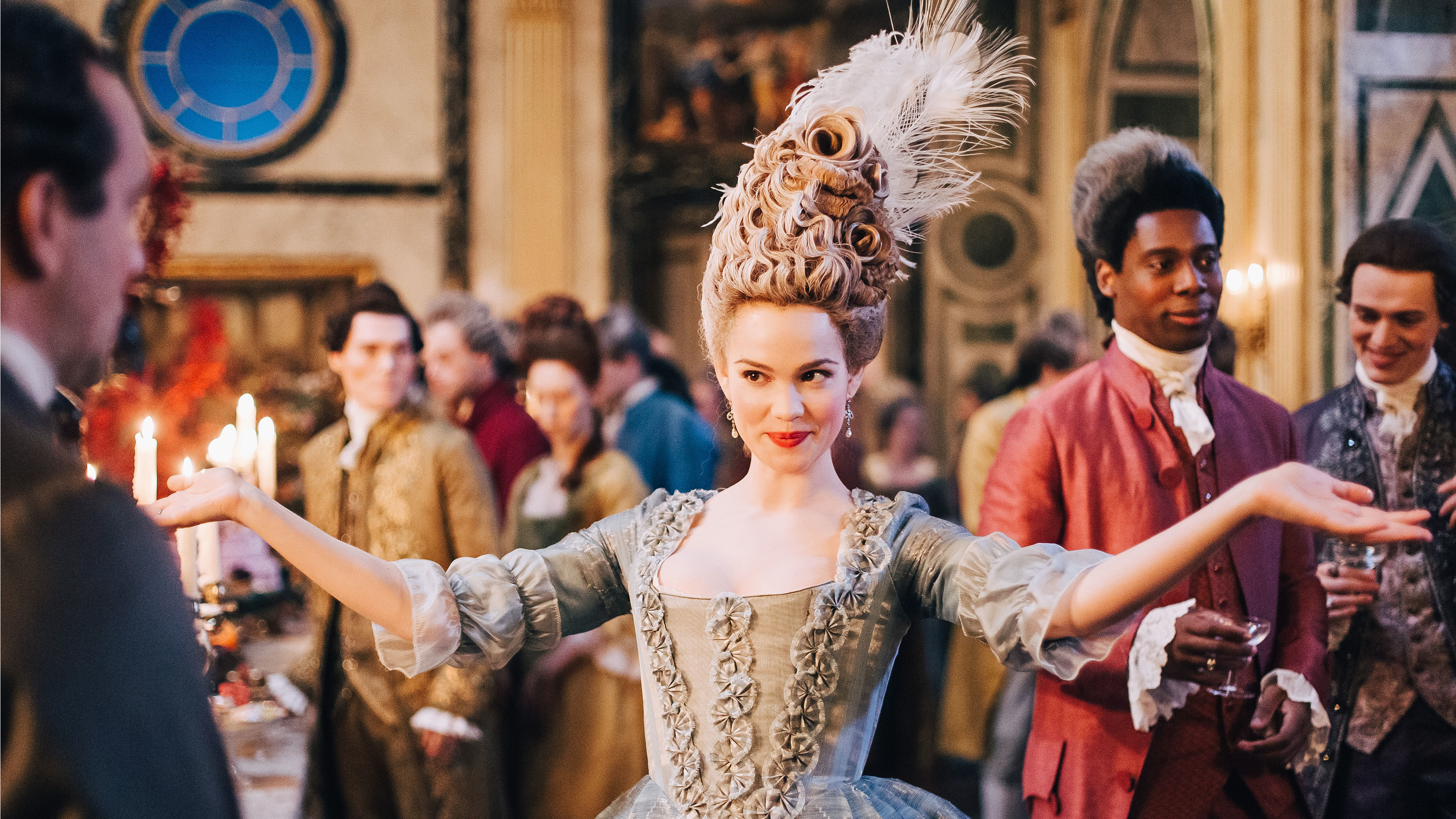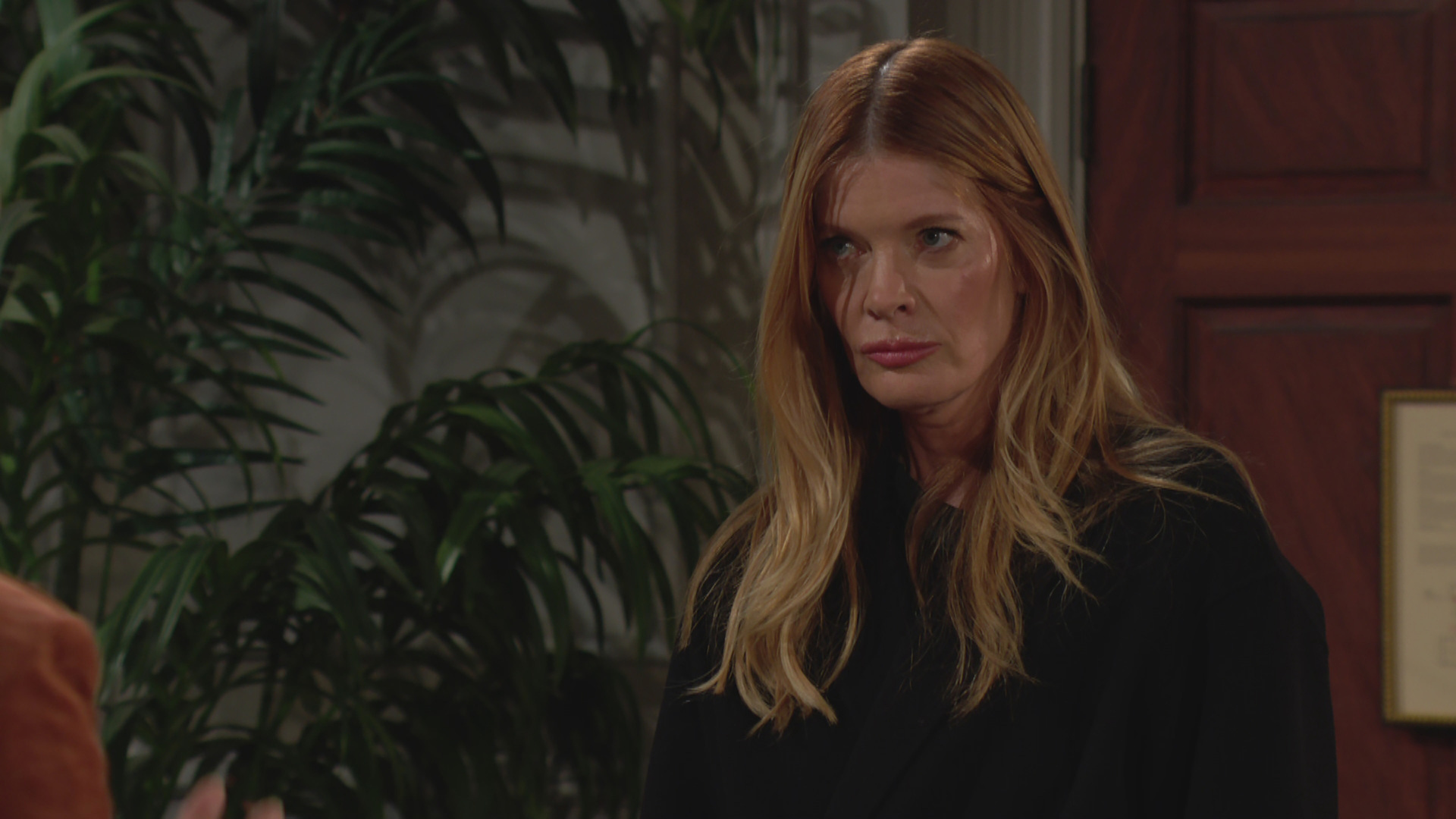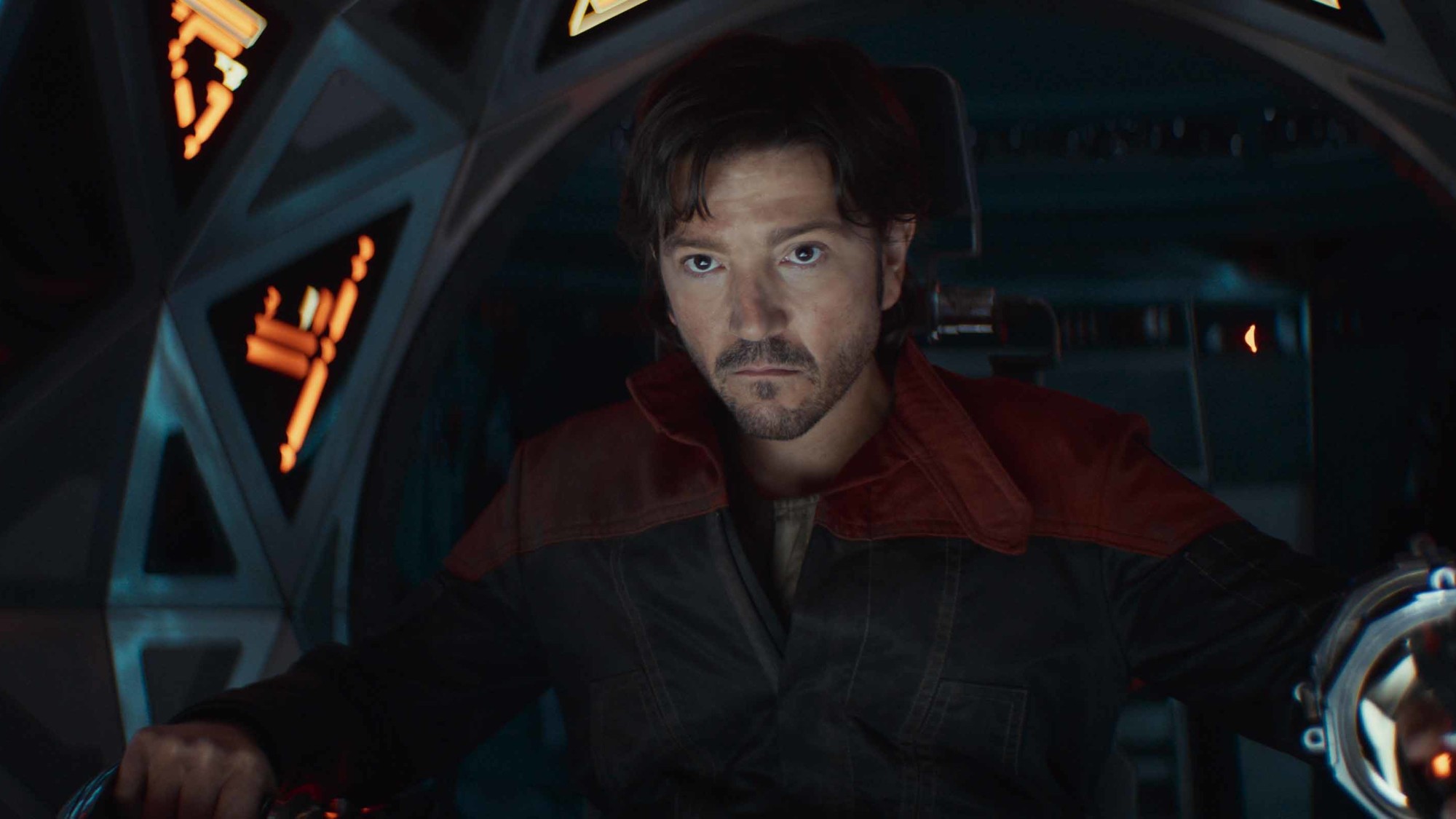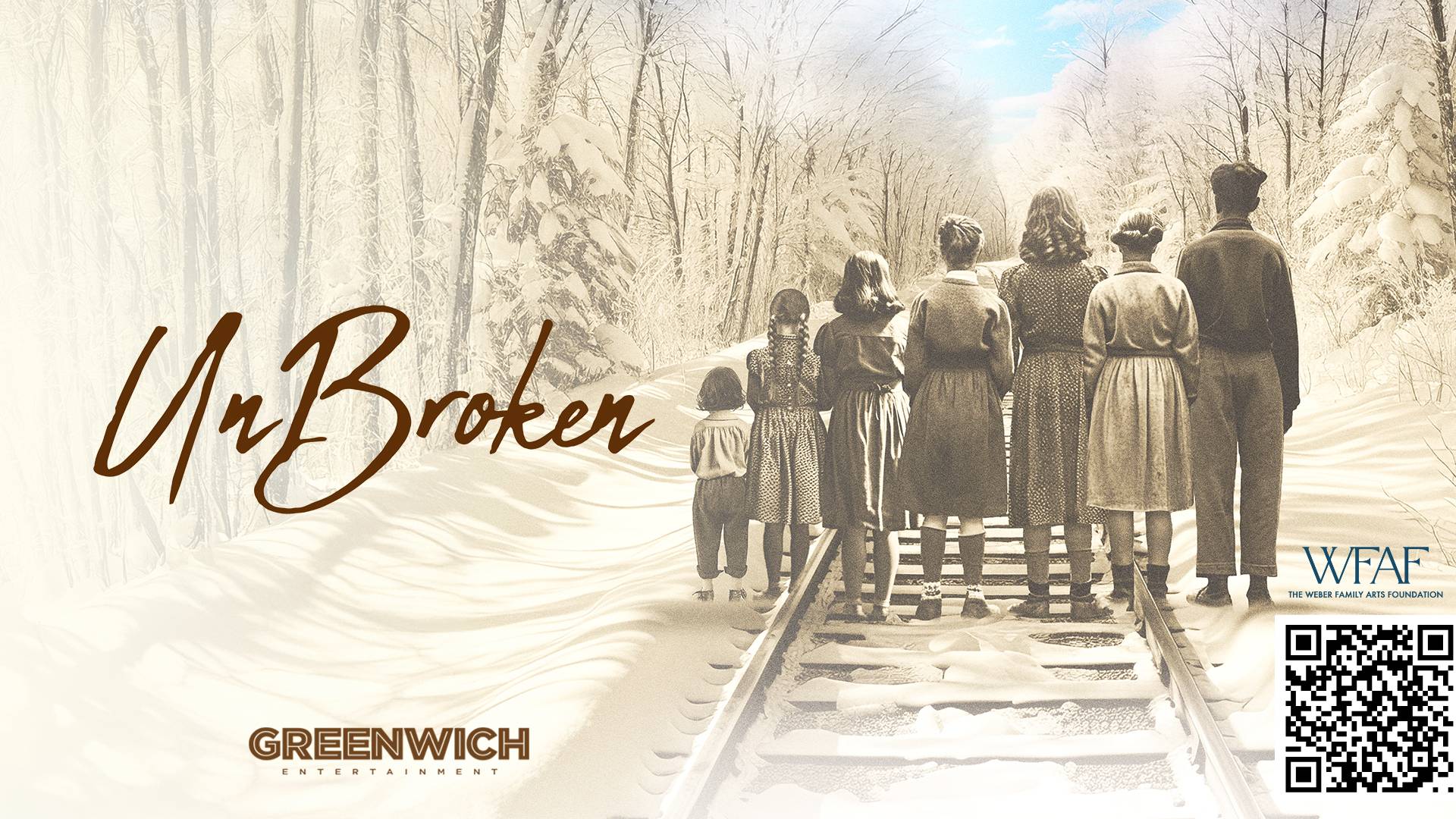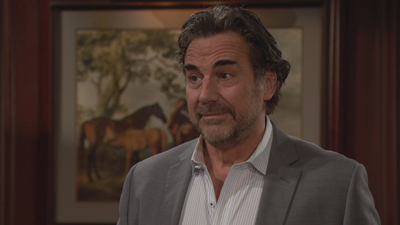Blue Planet 2: Episode guide to new BBC1 Attenborough show
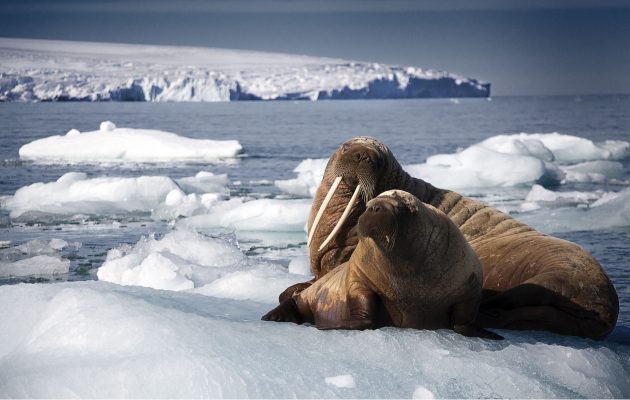
Sir David Attenborough gives us an episode guide to Blue Planet 2, which starts on BBC1 tonight at 8.00pm
Blue Planet 2 Episode 1 - One Ocean
The first instalment of Blue Planet 2 looks at life in our inter-connected global waters and features giant trevallies jumping out of the Indian Ocean to catch terns and walrus mothers fighting for space on the diminishing ice. Plus we’ll see dolphins surfing and forging long-lasting ‘friendships’ with false killer whales as they hunt together. "The interaction between dolphins and false killer whales is extraordinary and mysterious, but they’re among the most intelligent animals in the sea and have complex communications through whistles," says Sir David Attenborough. "What’s surprising is the intelligent things that fish are doing. They think and take on board more than you imagine."
Episode 2 The Deep
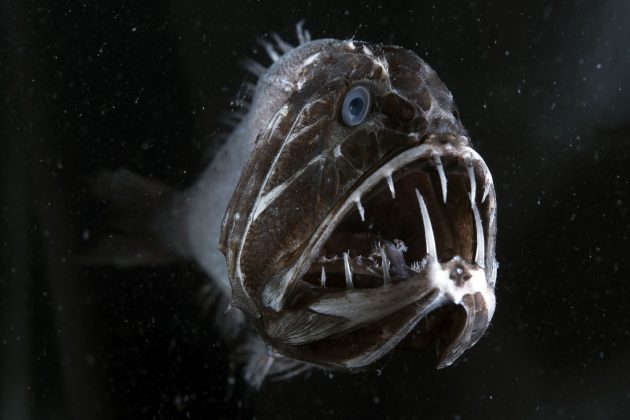
The depths of our oceans are home to bizarre and rare species including hairy yeti crabs and the terrifying Fangtooth that has the largest teeth of any marine species. There’s also startling footage of a briny lake 650m down in the Gulf of Mexico where methane gas erupts like a volcano. "That sequence was special. When I saw eels diving into what was a lake at the bottom of the sea it took time to get my mind around it. How can there be a lake at the bottom of the sea? Then it exploded like a volcano – come on!" enthuses Sir David.
Episode 3 Coral Reefs
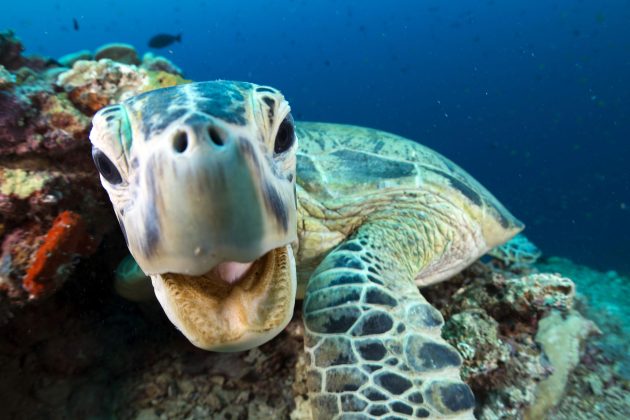
Coral reefs comprise 0.1% of the ocean’s surface area but are home to a quarter of all marine species including a clownfish seeking the perfect nest and coral groupers who hunt with octopus. Using super macro time-lapse, cameras also capture how coral grows and die. "In Borneo, we see turtles relax while little fish pick off their parasites and dead skin," says Sir David. "One turtle sits back and shuts its eye while a little cleaner fish works over it to remove things. It’s like it is enjoying a facial."
Episode 4 Big Blue
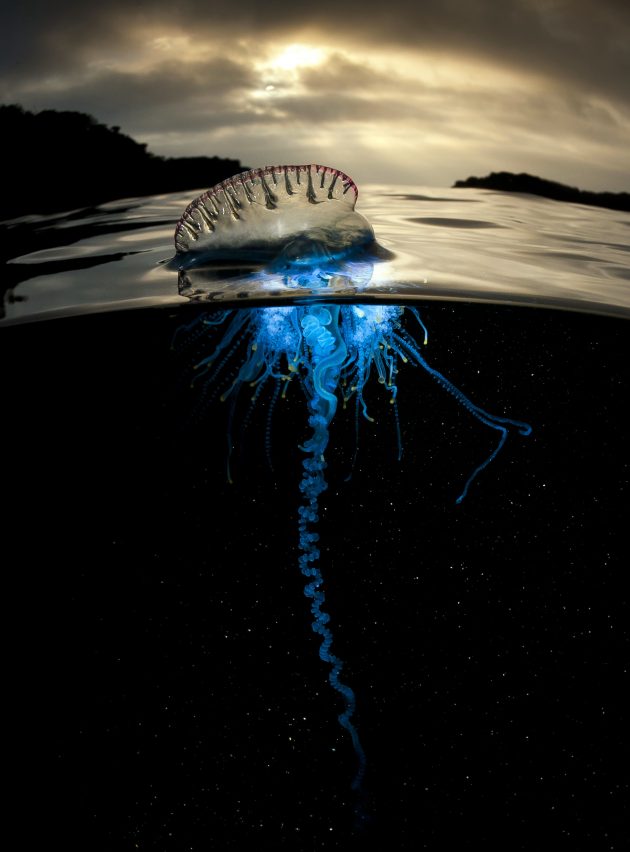
Survival in the remote open oceans is tough and baby turtles use debris as rafts to stay afloat while the Portuguese man-of-war sail along hunting for fish. There’s also footage of the "boiling sea" effect created by lanternfish being trapped on the surface of the water by predators. "New science has allowed us to voyage further and deeper than ever before into the vastness of the big blue which is home to fearless ocean wanderers," says Sir David.
Episode 5 Green Seas

In the undersea forests of kelp, algae and sea-grass, there is competition between species and sea otters are seen helping Garibaldi fish protect their seaweed garden from sea urchins while the common octopus uses shells to create a coat of armour against sharks. "There is a huge cuttlefish mating aggregation in Australia and the big males fight for females who choose whether to mate," says Sir David. "Small males pretend they’re female by showing a white stripe down their side, which mating females do when they want to reject a male. So then the big male is unconcerned and the little male says hello to the female and bingo!"
Episode 6 Coasts
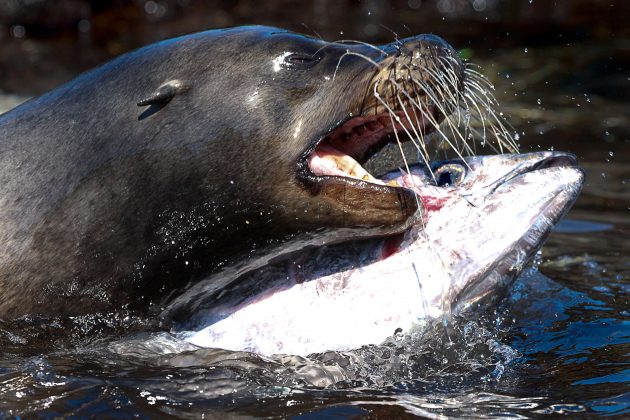
The 620,000 kilometres of the world’s diverse coastlines are a window to our oceans. After 60-mile journeys for food, puffins try to feed their young while dodging the attention of skuas. "Fishermen in the Galapagos Islands noticed that sea lions worked as a team and spread out across hundred of metres of sea to drive 60kg tuna into enclosed bays," says Sir David. "We captured that on screen by using drones in the skies above."
Get the What to Watch Newsletter
The latest updates, reviews and unmissable series to watch and more!
Episode 7 Our Blue Planet
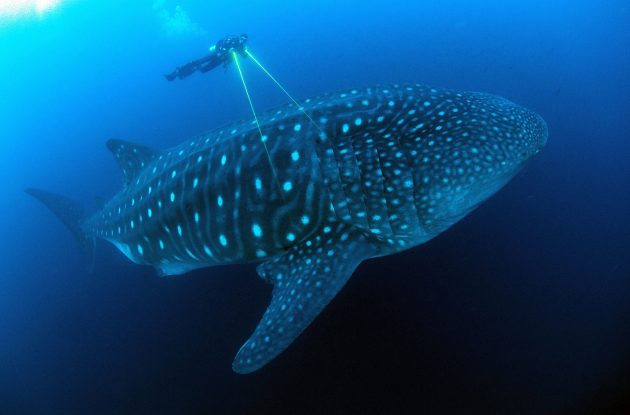
The human impact on our oceans is brought to light in a sobering finale – like the eight million tonnes of plastic that ends up in the oceans every year. "Tragedies happen because of the plastic in the oceans," says Sir David. "We see albatrosses gather food for their young and what comes out for the chick, you think it is going to be squid, but it is plastic so the chick starves. I hope there will be a scientific advance that could destroy plastic without any side effects."
Pictures by BBC. Blue Planet II Book by James Honeyborne and Mark Brownlow Published by BBC Books £25 www.penguin.co.uk

David is the What To Watch Editor and has over 20 years of experience in television journalism. He is currently writing about the latest television and film news for What To Watch.
Before working for What To Watch, David spent many years working for TV Times magazine, interviewing some of television's most famous stars including Hollywood actor Kiefer Sutherland, singer Lionel Richie and wildlife legend Sir David Attenborough.
David started out as a writer for TV Times before becoming the title's deputy features editor and then features editor. During his time on TV Times, David also helped run the annual TV Times Awards. David is a huge Death in Paradise fan, although he's still failed to solve a case before the show's detective! He also loves James Bond and controversially thinks that Timothy Dalton was an excellent 007.
Other than watching and writing about telly, David loves playing cricket, going to the cinema, trying to improve his tennis and chasing about after his kids!
